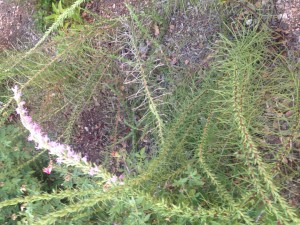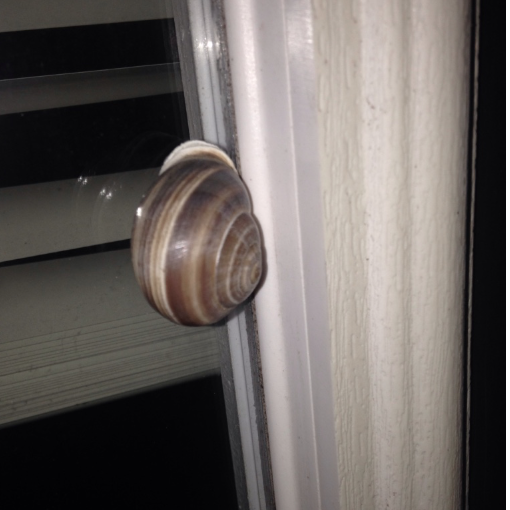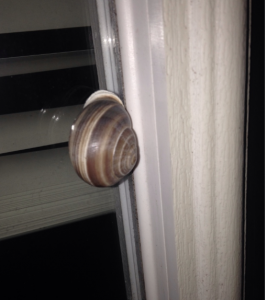This purple flower is Liatris pycnostachya, or prairie blazing star. It is also known as gayfeather. It is a perennial plant that can reach a height of up to 5 feet. It has short, spiky alternate leaves. It is native to most of the United States and is used for a variety of purposes. It is used in prairie restoration, landscaping, and wildlife food and habitat. It produces purple wand-like spikes of flowers in late summer and fall. They will flower even in poor soil, which is why they are popular in landscaping. This particular plant is located outside of Doyle Hall on campus.
My iNaturalist observation can be found here.


